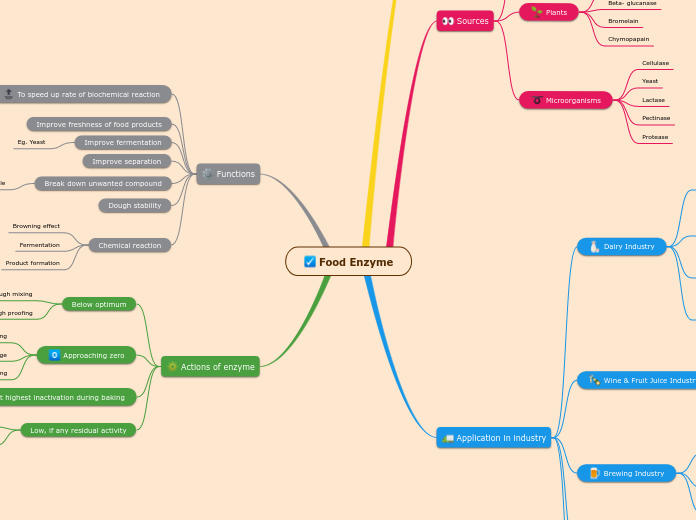av yoshe watson 16 år siden
924
YOSHE-BIOLOGY-the digestive system
The digestive system is a complex network responsible for breaking down food into small, absorbable molecules. This process begins with the action of muscles in the gut wall, known as peristalsis, which moves food through the system.









